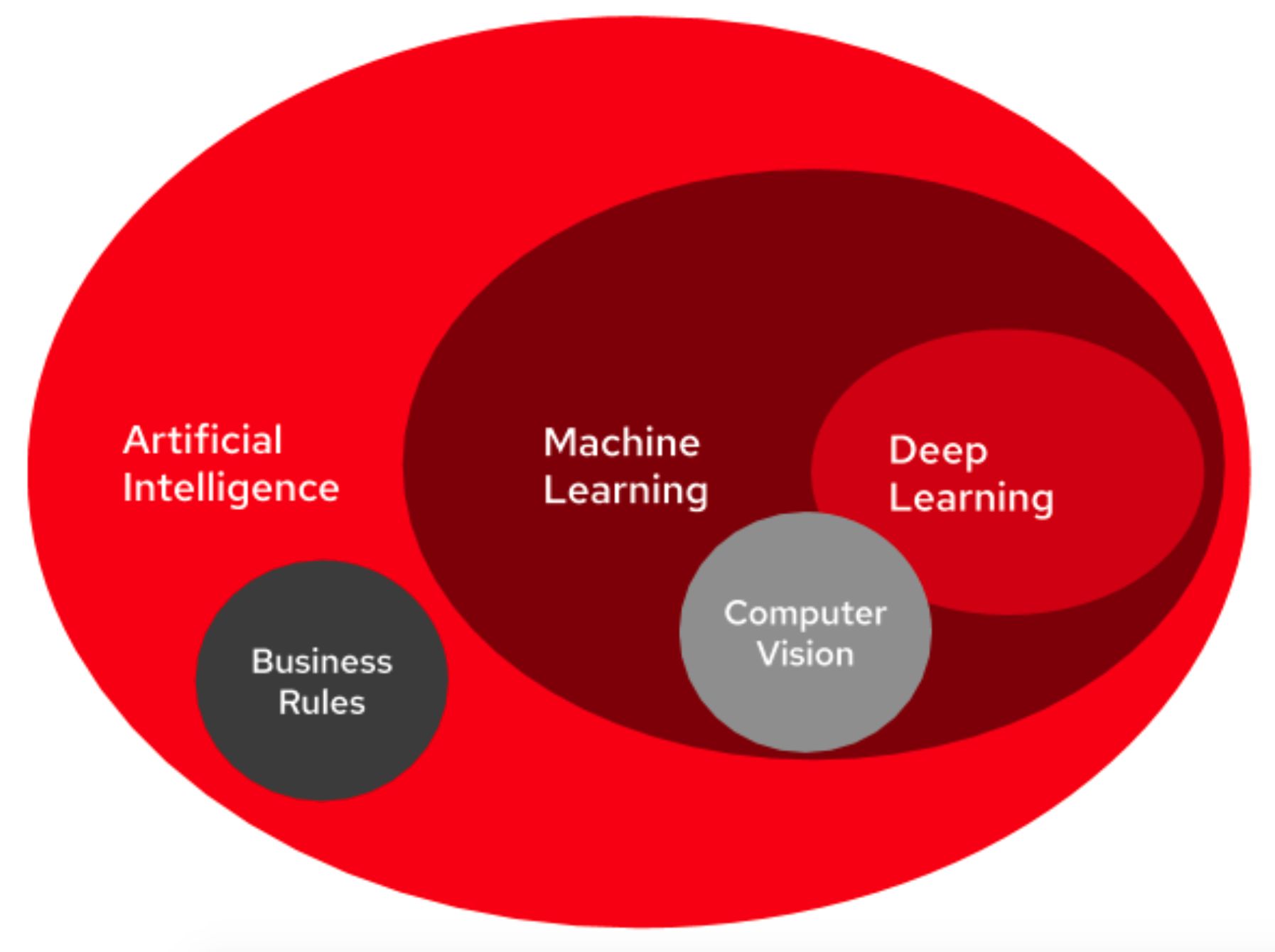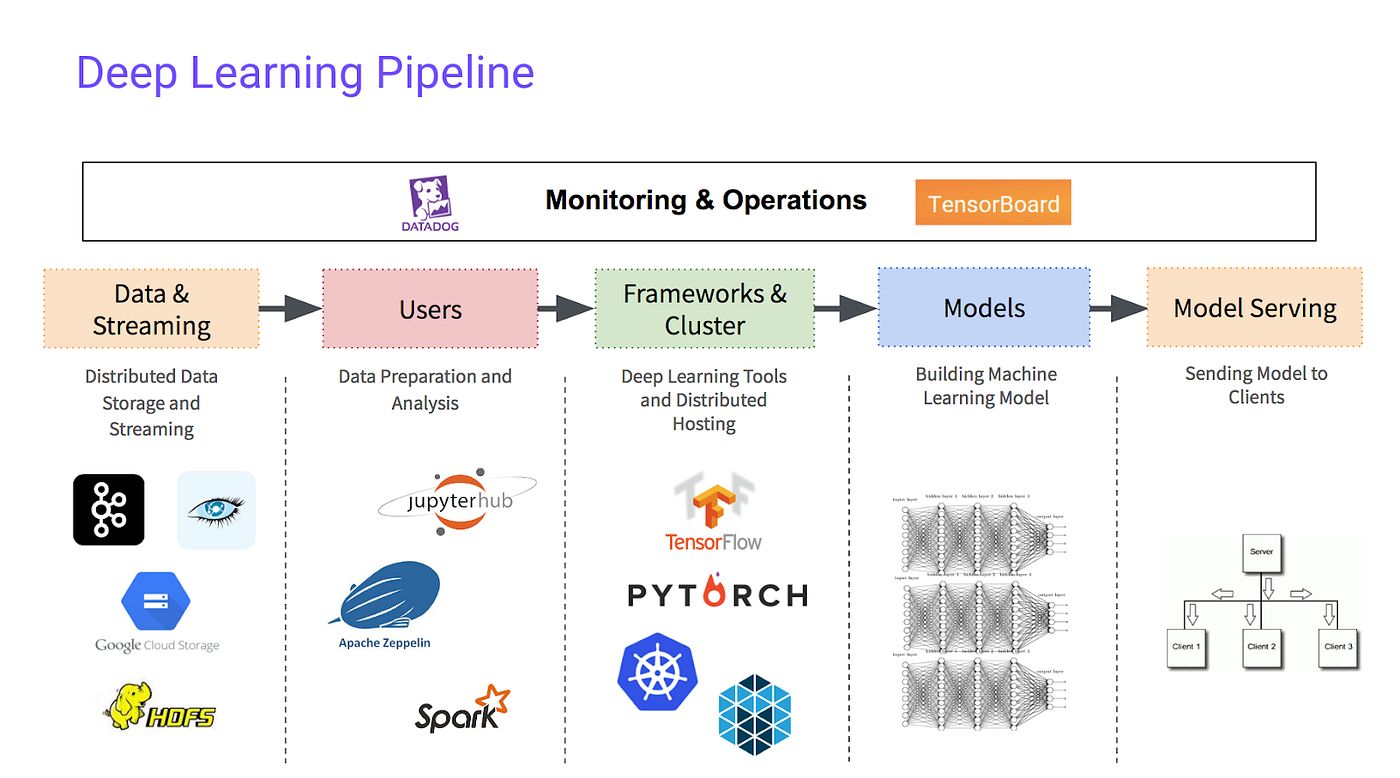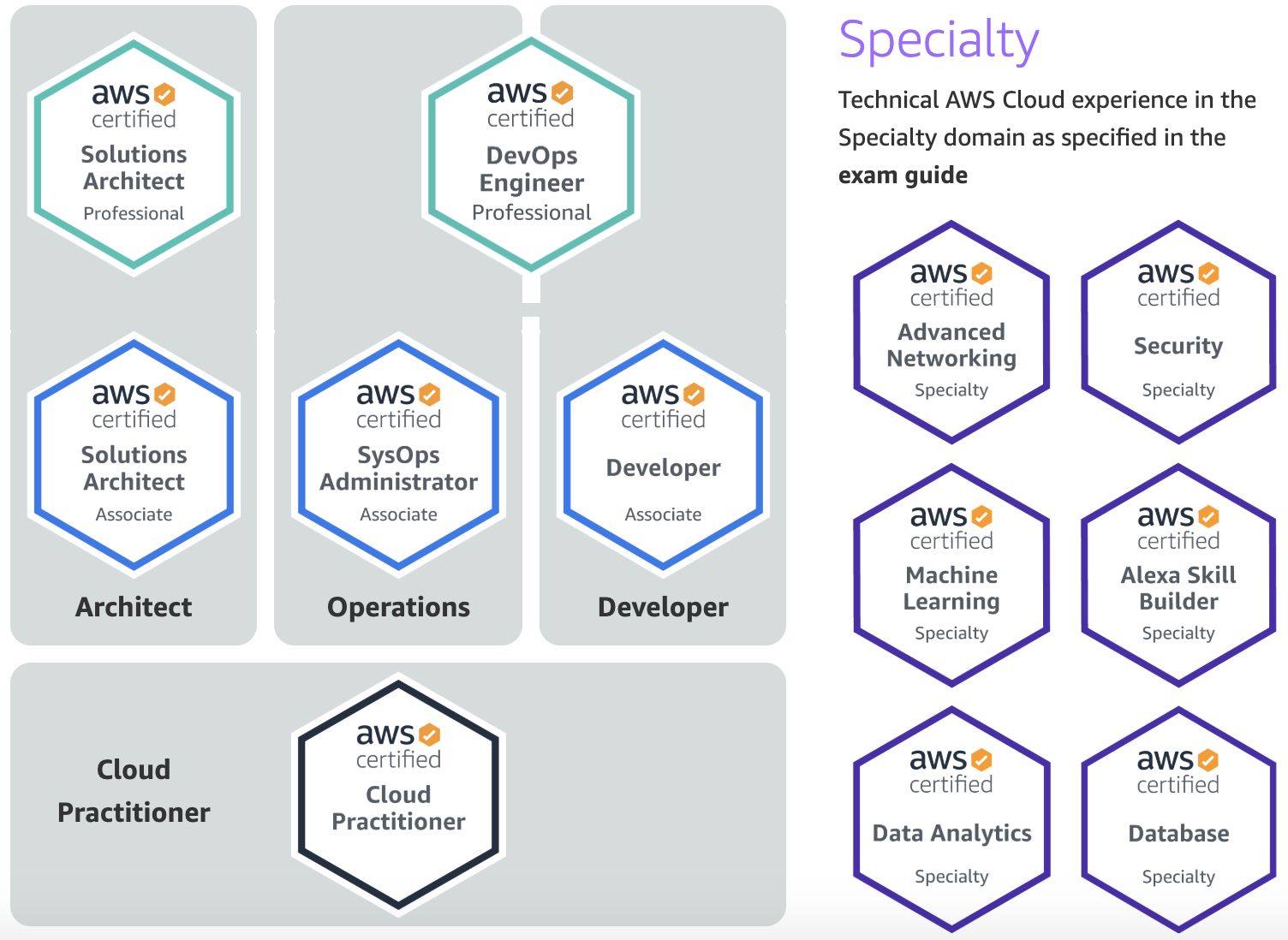Introduction
Machine learning, a subset of artificial intelligence, has gained significant attention and adoption in various industries in recent years. It involves training algorithms to learn from data and make predictions or take actions without being explicitly programmed. Central to the success of machine learning models is the concept of features.
Features, also referred to as variables or attributes, are the foundational building blocks of machine learning algorithms. They represent the characteristics or properties of the data that the algorithm will use to make predictions or decisions. The selection and extraction of appropriate features play a crucial role in the accuracy, efficiency, and interpretability of machine learning models.
Features provide the model with the relevant information required to understand patterns, relationships, and dependencies in the data. By identifying and properly structuring these features, machine learning models can make more accurate predictions and provide valuable insights.
Consider a simple example of predicting house prices. The features could include the number of bedrooms, the square footage of the property, the location, and the age of the house. These features help the algorithm understand the variables that influence the price and capture the underlying patterns in the data. Without meaningful features, the model would struggle to make accurate predictions.
The process of feature selection involves choosing the most relevant and informative features from the available dataset. It aims to eliminate irrelevant or redundant features that may introduce noise or bias into the model. Feature extraction, on the other hand, involves transforming or combining existing features to create new, more representative ones. Both feature selection and feature extraction are vital steps in optimizing the performance of machine learning models.
In this article, we will explore the importance of features in machine learning and examine different types of features. We will also discuss statistical techniques for feature selection and the challenges involved in the process. Lastly, we will touch upon the concept of feature engineering and highlight its significance in improving the performance of machine learning models.
Definition of Features in Machine Learning
In the context of machine learning, features are the measurable properties or characteristics of the data that are used as input variables for the algorithm. These features capture relevant information from the data and enable the machine learning model to learn patterns, make predictions, or perform tasks.
Features can be numerical or categorical. Numerical features are quantitative and represent continuous or discrete values. Examples include age, temperature, or the number of items sold. Categorical features, on the other hand, represent distinct categories or classes. They can be binary, such as gender (male/female), or multi-class, such as color (red/blue/green).
Features are often represented as columns in a dataset, with each column corresponding to a specific attribute. The rows of the dataset contain individual instances or samples, where each instance is described by a combination of feature values. These features serve as the input variables that the machine learning algorithm uses to make predictions or decisions.
It is essential to select the right features that have high predictive power and are relevant to the problem at hand. Irrelevant or redundant features can introduce noise and increase complexity, potentially leading to overfitting, poor performance, or biased results.
Additionally, feature engineering is a critical aspect of working with features in machine learning. It involves transforming or deriving new features from existing ones to capture more meaningful information and improve model performance. Feature engineering techniques include scaling, normalization, one-hot encoding, and polynomial or interaction terms.
Overall, features are the foundation of machine learning algorithms, providing the necessary information for the model to learn from the data and make accurate predictions or decisions. The selection and engineering of features require careful consideration and expertise to ensure optimal model performance and interpretability.
Importance of Features in Machine Learning
The selection and engineering of features are crucial steps in the machine learning pipeline. The choice of features directly impacts the performance, interpretability, and efficiency of the model. Here are several key reasons why features are of utmost importance in machine learning:
1. Information Representation: Features serve as a powerful tool for representing the underlying information in the data. By properly selecting relevant and meaningful features, the model can capture the essential characteristics and patterns necessary for accurate predictions.
2. Dimensionality Reduction: Features allow us to reduce the dimensionality of the data. In high-dimensional datasets, the inclusion of irrelevant or redundant features can lead to the curse of dimensionality, where the model becomes less efficient and susceptible to overfitting. By selecting the most informative features, we can significantly reduce the complexity and improve the model’s performance.
3. Interpretability: Features play a crucial role in the interpretability of machine learning models. By understanding the features that contribute most to the predictions or decisions, we can gain valuable insights into the problem domain and explain the model’s behavior to stakeholders, regulators, or end-users.
4. Performance Improvement: The quality and relevance of features directly impact the performance of machine learning models. Well-selected and engineered features can lead to higher accuracy, precision, recall, and overall model performance. Conversely, using irrelevant or noisy features can introduce biases and hinder the model’s effectiveness.
5. Model Resource Utilization: By focusing on the most informative features, we can optimize the usage of computational resources such as memory and processing power. Removing unnecessary or redundant features not only improves the model’s efficiency but also reduces storage requirements in applications where memory is limited.
6. Generalization: One of the primary goals of machine learning is to build models that can generalize well to unseen data. Features that are representative and capture the true underlying patterns in the data are crucial for achieving good generalization. By selecting features that generalize well, the model can make accurate predictions on new, unseen instances.
Overall, the selection and engineering of features are fundamental to the success of machine learning models. Properly chosen features can lead to improved performance, better interpretability, and more efficient resource utilization. It is essential to carefully analyze and understand the data to identify the most relevant features that contribute to the problem at hand.
Types of Features
In machine learning, features can be categorized into different types, each serving a specific purpose in capturing the information and patterns within the data. Understanding the different types of features is crucial for selecting the appropriate ones for a given problem. Here are some common types of features:
1. Numerical Features: Numerical features are quantitative variables that represent continuous or discrete values. They can include measurements such as height, weight, temperature, or the number of items sold. Numerical features can be further divided into interval features, where the difference between values is meaningful, and ordinal features, where the values have a specific order or ranking.
2. Categorical Features: Categorical features represent distinct categories or classes and can take on a limited number of values. Examples include gender (male/female), color (red/blue/green), or occupation (engineer/teacher/doctor). Categorical features are often transformed into numerical values through techniques like one-hot encoding to make them compatible with machine learning algorithms.
3. Binary Features: Binary features are a specific type of categorical feature that take on only two values, such as yes/no, true/false, or 0/1. They are often used to represent binary decisions or states, such as whether a customer made a purchase or not.
4. Textual Features: Textual features are derived from textual data and include information such as keywords, document frequency, or sentiment scores. These features are commonly used in natural language processing tasks, sentiment analysis, or text classification.
5. Temporal Features: Temporal features capture time-related information in the data. They can include features such as date, time of day, month, or year. Temporal features are particularly relevant in time series analysis or predictive modeling tasks where trends or seasonality play a significant role.
6. Geographical Features: Geographical features represent spatial information in the data, such as latitude, longitude, or zip codes. These features are often used in applications like location-based recommendations, geospatial analysis, or predictive modeling for specific regions.
7. Derived Features: Derived features are created by transforming or combining existing features to capture additional information or patterns. Examples of derived features include calculated ratios, polynomial features, or interaction terms. Feature engineering techniques play a crucial role in creating derived features.
8. Meta Features: Meta features capture higher-level information about the data or the model. They can include statistics about the data distribution, model complexity measures, or performance metrics. Meta features serve as a way to provide additional insights and guide the modeling process.
9. Image or Audio Features: In specific domains such as computer vision or speech recognition, image or audio features are used to represent visual or audio data, respectively. These features often involve sophisticated techniques such as convolutional neural networks (CNNs) or mel-frequency cepstral coefficients (MFCCs).
Understanding the different types of features is essential for selecting the appropriate ones to represent the underlying information in the data accurately. Mixing and combining different types of features can provide a comprehensive representation, leading to more effective machine learning models.
Statistical Techniques for Feature Selection
Feature selection is the process of choosing the most relevant and informative features from a dataset. It helps improve model performance, reduce dimensionality, and enhance interpretability. Several statistical techniques can be employed for feature selection. Here are some commonly used approaches:
1. Univariate Selection: This technique involves selecting features based on their individual relationship with the target variable. Statistical tests, such as chi-square for categorical features or ANOVA for numerical features, can be used to measure the correlation between each feature and the target. Features with the highest scores are selected for further analysis.
2. Feature Importance using Tree-Based Models: Tree-based algorithms, such as Random Forest or Gradient Boosting, provide a feature importance score based on how much each feature contributes to the prediction. Features with higher importance scores are considered more relevant and can be included in the final feature set.
3. Recursive Feature Elimination: Recursive Feature Elimination (RFE) is an iterative procedure that starts with all features and progressively eliminates the least important features. At each iteration, a model is trained and the feature with the lowest importance is removed. This process continues until a desired number of features remains.
4. L1 Regularization (Lasso): L1 regularization, also known as Lasso regularization, imposes a penalty on the absolute value of the coefficients, forcing some of them to become zero. As a result, Lasso can automatically select the most relevant features while shrinking the coefficients of irrelevant features to zero.
5. Correlation Matrix: Correlation analysis is useful for identifying highly correlated features. By examining the correlation matrix, we can identify pairs of features that have a high correlation. In such cases, one of the features can be removed to eliminate redundancy and improve the model’s stability.
6. Principal Component Analysis: Principal Component Analysis (PCA) is a dimensionality reduction technique that transforms the original features into a new set of uncorrelated features called principal components. By retaining only the most important principal components, PCA effectively reduces the dimensionality of the dataset while capturing most of the variance.
7. Mutual Information: Mutual information measures the statistical dependence between two random variables. It quantifies the amount of information that one variable provides about the other. Mutual information can be used as a criterion for feature selection, selecting features that have a high mutual information score with the target variable.
These statistical techniques provide different approaches to feature selection, each with its own strengths and limitations. It is important to consider the characteristics of the dataset and the specific requirements of the problem when choosing the appropriate technique for feature selection.
Feature Engineering and Feature Extraction
Feature engineering and feature extraction are essential processes in machine learning that involve transforming and creating new features to improve model performance and enhance the representation of the data. Here’s an overview of these processes:
Feature Engineering: Feature engineering refers to the process of creating new features from existing ones to capture additional information and enhance the predictive power of the model. It involves domain knowledge, creativity, and data exploration. Here are some common techniques used in feature engineering:
– Polynomial features: Creating polynomial features by combining existing features with various mathematical operations like multiplication and exponentiation.
– Interaction features: Constructing interaction features, for example, by multiplying two numerical features or creating interaction terms between categorical features.
– Feature scaling: Normalizing or scaling numerical features to a common range to prevent certain features from dominating the model due to their larger magnitude.
– One-hot encoding: Transforming categorical features into binary vectors to represent each category as a separate feature.
– Binning: Grouping continuous numerical features into bins or intervals to simplify patterns and reduce noise.
– Feature selection: Selecting a subset of the most relevant features using statistical techniques, as discussed in the previous section.
Feature Extraction: Feature extraction involves deriving a set of new features from the original dataset using mathematical or statistical techniques. It aims to capture the most important information while reducing the dimensionality of the data. Here are a few commonly used feature extraction techniques:
– Principal Component Analysis (PCA): PCA is a dimensionality reduction technique that transforms original features into a new set of uncorrelated features called principal components. It retains the most significant variance in the data and can effectively reduce dimensionality.
– Independent Component Analysis (ICA): ICA separates mixed signals into their underlying independent sources. It can be used for feature extraction when dealing with signal processing or blind source separation tasks.
– Non-negative Matrix Factorization (NMF): NMF factorizes a matrix into non-negative matrices and extracts meaningful features that are combinations of the original features. It is commonly used for recommendation systems and topic modeling.
– Autoencoders: Autoencoders are neural networks that are trained to reconstruct their input. The hidden layer of an autoencoder can be used as a representation or encoding of the original features, effectively extracting new features.
Feature engineering and feature extraction are iterative processes that require experimentation, analysis, and domain expertise. These techniques play a vital role in making machine learning models more effective, interpretable, and robust.
Challenges in Feature Selection
Feature selection is a critical step in machine learning, but it comes with its own set of challenges and complexities. Here are some of the key challenges faced in feature selection:
Curse of Dimensionality: As the number of features increases, the data becomes sparse in the feature space, causing the curse of dimensionality. High-dimensional feature spaces can lead to overfitting, increased computational complexity, and decreased model performance. Feature selection helps mitigate this challenge by reducing the number of dimensions and selecting the most relevant features.
Irrelevant and Redundant Features: In real-world datasets, it’s common to have features that are irrelevant or redundant. Irrelevant features do not contribute to the predictive power of the model, while redundant features convey similar information. Identifying and removing such features is important to avoid introducing noise, overfitting, and unnecessary computational overhead.
Correlated Features: Correlated features pose a challenge in feature selection. When two or more features are highly correlated, their information overlap can lead to redundancy. Selecting only one of the correlated features is often sufficient, but it’s important to choose the most informative one. Techniques such as correlation analysis can assist in identifying and handling correlated features.
Complex Dataset Characteristics: Datasets can exhibit complex characteristics such as nonlinear relationships, missing values, outliers, or class imbalance. These factors can complicate feature selection, affecting the determination of feature importance and the choice of appropriate selection techniques. Robust feature selection approaches need to be employed to handle these challenges effectively.
Computational Time and Resources: Feature selection algorithms can be computationally intensive, especially when dealing with large datasets with numerous features. Exhaustive search algorithms, such as wrapper methods, can be time-consuming and resource-intensive. It is essential to consider the computational constraints when selecting feature selection techniques and balance the computational cost with the expected gain in model performance.
Overfitting and Generalization: Although feature selection aims to improve model performance, it is essential to guard against overfitting. Selecting features solely based on their performance on the training set can result in a model that performs poorly on unseen data. It is crucial to validate the selected features using appropriate cross-validation and test set evaluation techniques to ensure the generalization of the model.
Domain Knowledge and Expertise: Feature selection requires a good understanding of the data and the problem domain. Domain knowledge helps in identifying relevant features, detecting relationships, and interpreting the results. Lack of domain expertise can make feature selection a challenging task, as it may lead to the selection of irrelevant or suboptimal features.
Addressing these challenges in feature selection requires careful analysis, experimentation, and an understanding of the underlying data and problem domain. It is crucial to adopt appropriate feature selection techniques and adapt them to the specific characteristics of the dataset to achieve accurate and interpretable models.
Conclusion
The concept of features plays a vital role in the field of machine learning. Features, as the measurable properties or characteristics of the data, allow machine learning models to understand patterns, make predictions, and take actions. The selection and extraction of appropriate features are crucial for model performance, interpretability, and efficiency.
In this article, we explored the definition of features in machine learning and highlighted their importance. We discussed various types of features, including numerical, categorical, binary, textual, temporal, geographical, derived, meta, image, and audio features. We also delved into statistical techniques for feature selection, such as univariate selection, tree-based feature importance, recursive feature elimination, L1 regularization, correlation matrix, principal component analysis, and mutual information.
Furthermore, we explored the concept of feature engineering, which involves creating new features from existing ones by employing techniques like polynomial features, interaction features, feature scaling, one-hot encoding, and feature selection. Feature extraction techniques like principal component analysis, independent component analysis, non-negative matrix factorization, and autoencoders were also discussed.
However, we also acknowledged the challenges present in feature selection, such as the curse of dimensionality, irrelevant and redundant features, correlated features, complex dataset characteristics, computational time and resources, overfitting and generalization, as well as the need for domain knowledge and expertise.
Overall, feature selection and engineering are iterative processes that require a combination of statistical knowledge, creative thinking, and domain expertise. By carefully selecting and engineering features, machine learning models can achieve better performance, interpretability, and generalization, ultimately leading to more accurate predictions and valuable insights from the data.

























